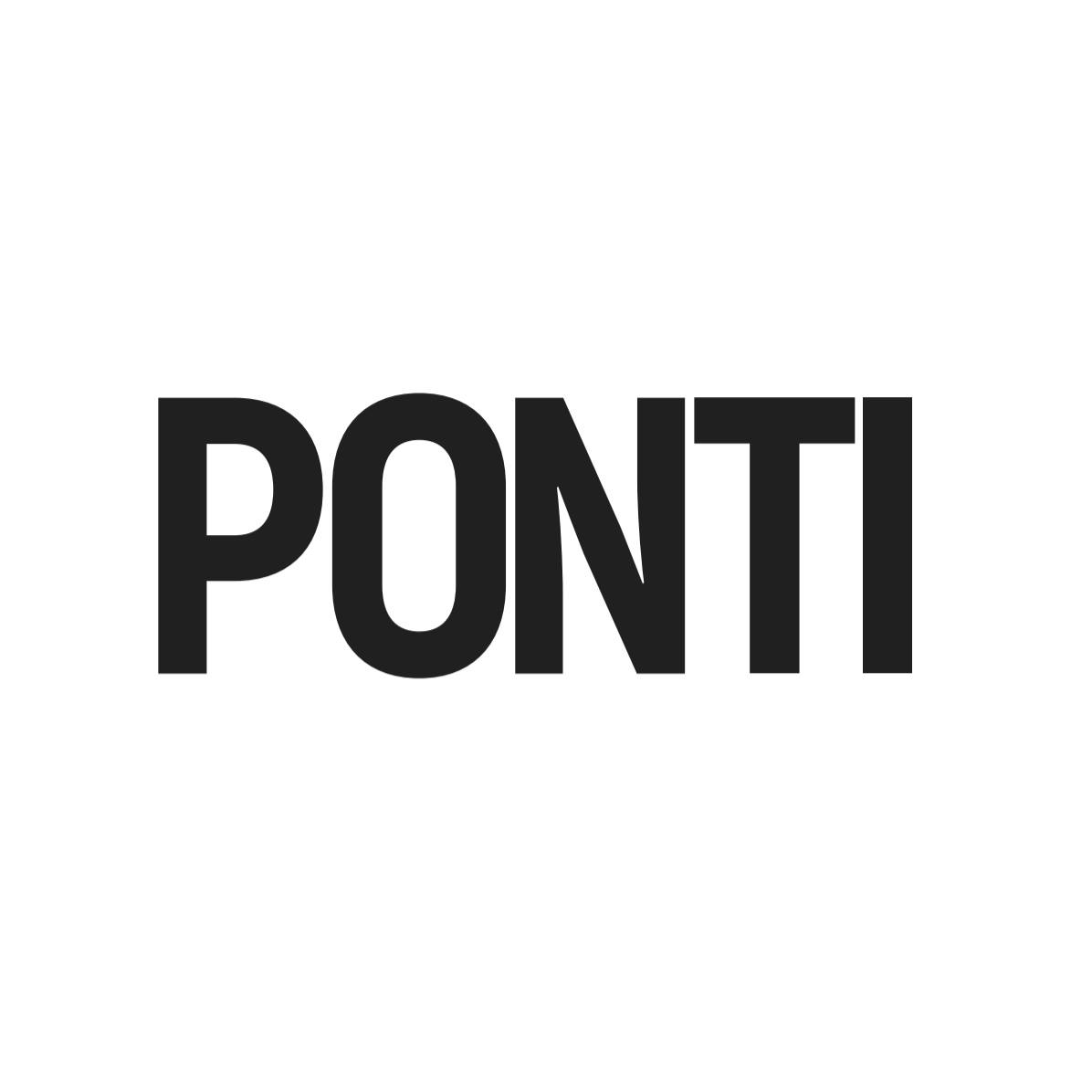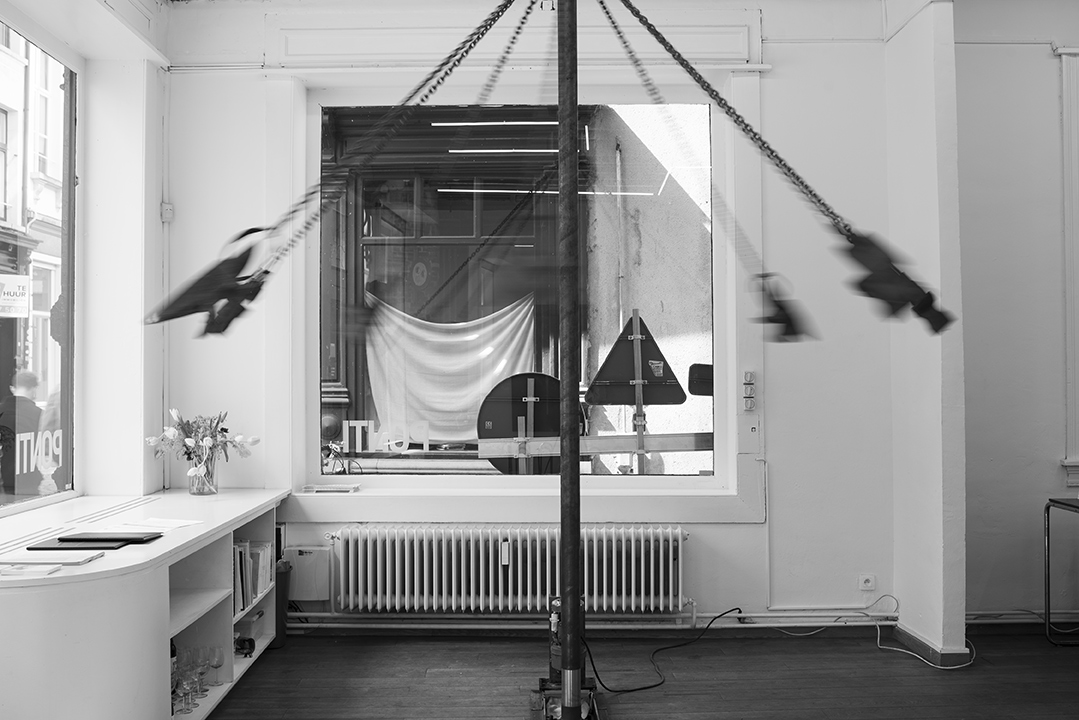
Hold Your Horses
13.04.23 - 13.05.23
DUO SHOW


Hold Your Horses
PONTI is pleased to host a duo show with new works by Alice Vanderschoot and Joost Pauwaert.
In collaboration with Barbé Gallery.
Shells, playing cards, a beard, a waffle and cereal boxes: for Alice Vanderschoot (BE, 1989) inspiration can be found everywhere. By playing with scale, de-contextualising identifiable objects and using attractive colours, her imagery is indebted to the dream world of Surrealism and the cartoonish directness of Pop art. Hyperconsciously, she analyses the avalanche of images that pass by daily through advertising, social media and art history. Thematically, there is the same alertness as during Popart to consumerism and mass media but Vanderschoot goes further and challenges collective memory. A mace evokes antiquity and a beard the philosopher. Are they the authentic attributes of primeval man and sage, or rather of the Flintstones and Playmobil? With humour and an insidious playfulness and naivety, the archetype, myth and symbolic value of an image is explored. Once the train of references has departed, one image evokes a whole universe. A big blue waffle catapults directly to fairs and tourist attractions. At the same time, the national speciality carries waffle iron politics, the proverbial 'keep your waffle' and Belgian surrealism or linguistic Belgicism. The woven waffle boxes are also beautiful to look at. Vanderschoot sees how certain shapes keep returning, evolving organically from object over symbol to archetypes or mythical figures.
Joost Pauwaert (BE, °1985) loves heavy wooden and metal machines and objects such as anvils, cannons and giant saw blades. He makes the machines himself, starting from technical challenges. Can he make a heavy anvil balance on a spring? Or catapult it and catch it in a funnel? Can he make his own cannon? Or make two cannons fire at each other simultaneously so that the cannonballs hit each other and deform?
The artistic beauty of these ventures derives from the originality of the questions, on the opposite side of the usual forms of artistic expression. Actually, they precede and take us back to times when science and art were closer to each other than today. Or they lead us back to fundamental questions in sculpture, which always had to do with gravity and density.
Here we come closer to a fundamental poetry, which stems from the beauty of things themselves.
text by Hans Theys
PONTI is pleased to host a duo show with new works by Alice Vanderschoot and Joost Pauwaert.
In collaboration with Barbé Gallery.
Shells, playing cards, a beard, a waffle and cereal boxes: for Alice Vanderschoot (BE, 1989) inspiration can be found everywhere. By playing with scale, de-contextualising identifiable objects and using attractive colours, her imagery is indebted to the dream world of Surrealism and the cartoonish directness of Pop art. Hyperconsciously, she analyses the avalanche of images that pass by daily through advertising, social media and art history. Thematically, there is the same alertness as during Popart to consumerism and mass media but Vanderschoot goes further and challenges collective memory. A mace evokes antiquity and a beard the philosopher. Are they the authentic attributes of primeval man and sage, or rather of the Flintstones and Playmobil? With humour and an insidious playfulness and naivety, the archetype, myth and symbolic value of an image is explored. Once the train of references has departed, one image evokes a whole universe. A big blue waffle catapults directly to fairs and tourist attractions. At the same time, the national speciality carries waffle iron politics, the proverbial 'keep your waffle' and Belgian surrealism or linguistic Belgicism. The woven waffle boxes are also beautiful to look at. Vanderschoot sees how certain shapes keep returning, evolving organically from object over symbol to archetypes or mythical figures.
Joost Pauwaert (BE, °1985) loves heavy wooden and metal machines and objects such as anvils, cannons and giant saw blades. He makes the machines himself, starting from technical challenges. Can he make a heavy anvil balance on a spring? Or catapult it and catch it in a funnel? Can he make his own cannon? Or make two cannons fire at each other simultaneously so that the cannonballs hit each other and deform?
The artistic beauty of these ventures derives from the originality of the questions, on the opposite side of the usual forms of artistic expression. Actually, they precede and take us back to times when science and art were closer to each other than today. Or they lead us back to fundamental questions in sculpture, which always had to do with gravity and density.
Here we come closer to a fundamental poetry, which stems from the beauty of things themselves.
text by Hans Theys